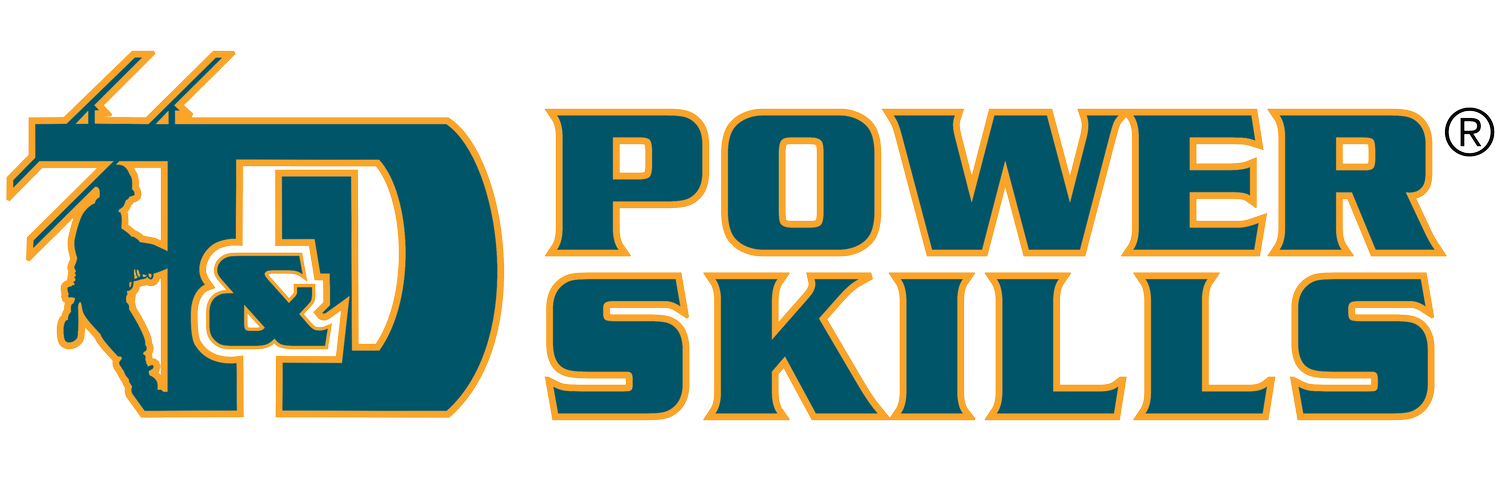Tree Trimming
COURSE DESCRIPTION
Trees are common throughout the service areas covered by many utilities. When trees grow into, over, or near energized equipment, they may cause interruptions in electrical service, particularly during storms or strong winds. During an emergency, a tree crew may not be available, and it may not be possible to postpone a job. Lineworkers often handle small tree trimming jobs or work as part of a crew to clear large trees from power lines. This program describes basic methods of tree trimming as well as some of the hazards associated with tree trimming work and precautions that should be taken.
COURSE GOALS
Identify safety hazards associated with tree trimming work, and describe ways to avoid them.
Describe how to plan and perform tree trimming safely.
Describe considerations that affect whether rigging is needed for tree trimming work.
Identify tree cuts that are used for clearing trees and tree limbs from power lines.
SUBJECTS AND OBJECTIVES
Overview
Identify two kinds of tree trimming jobs typically performed by a utility company.
Describe some of the factors that influence the frequency of tree trimming and the required line clearances.
Safety Hazards
Identify three categories of tree trimming hazards, and state some general guidelines for avoiding each.
Emergency Tree Trimming
Identify three basic steps for planning an emergency tree trimming job, and describe how each can be accomplished.
Working Safely
Describe how to perform tree trimming work safely from a bucket truck, from a pole, from the ground, from a ladder, and from a tree.
Controlling the Load
Describe considerations that affect whether rigging is needed for tree trimming work.
Identify some commonly used tree cuts, and explain when each type is used.
